A poster containing a diagram with labels showing the key parts of a balance scale.
In Science it is important that students know how to use a variety of tools when conducting scientific experiments and inquiry. This poster focuses on the balance scale and highlights its key parts.
There are two print options available for this poster:
- Print on tabloid paper to display around your school’s science lab or in the experiment areas of your classroom.
- Print on letter-size paper and have the students glue it into their science journal for future reference.


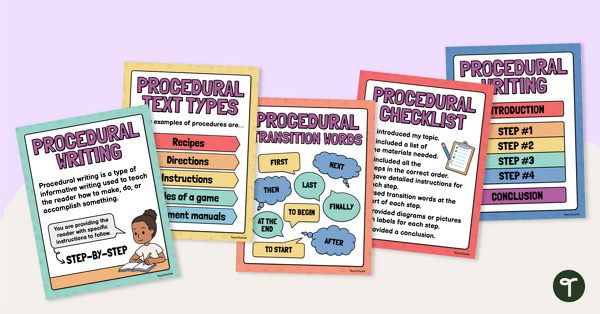
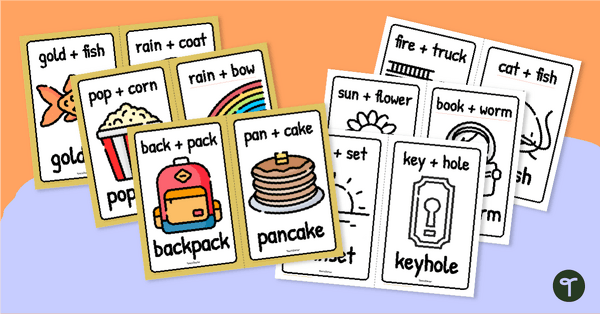
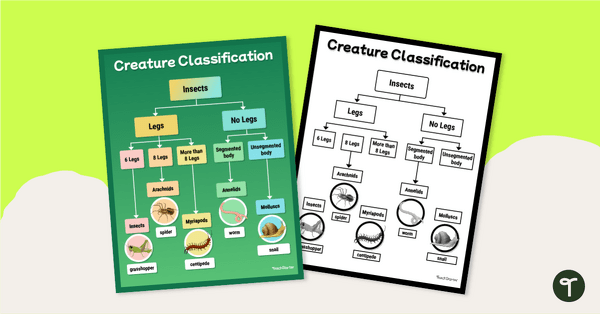
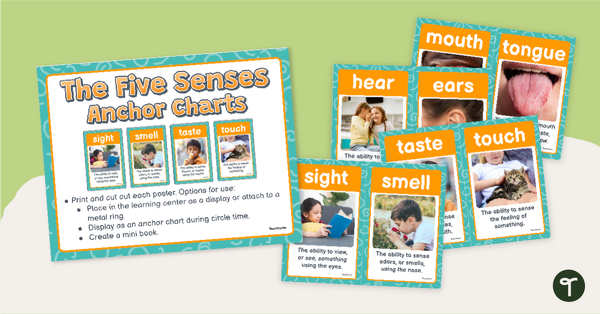
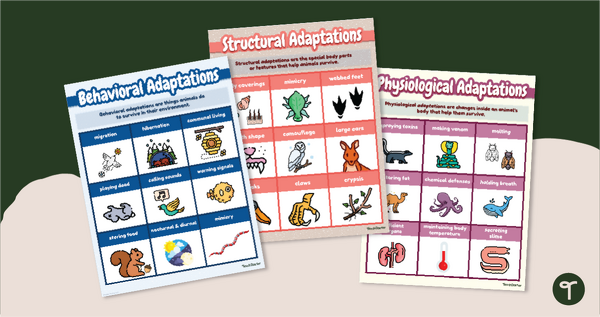
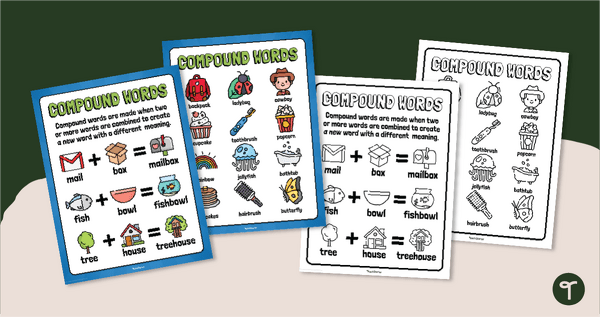
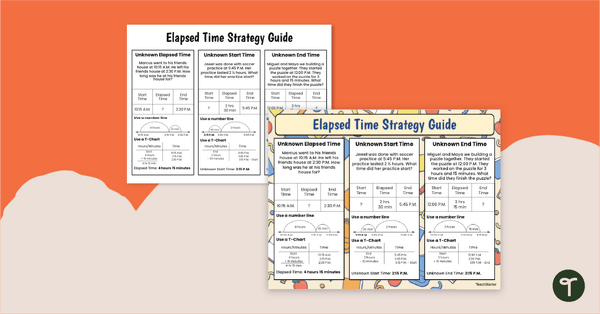
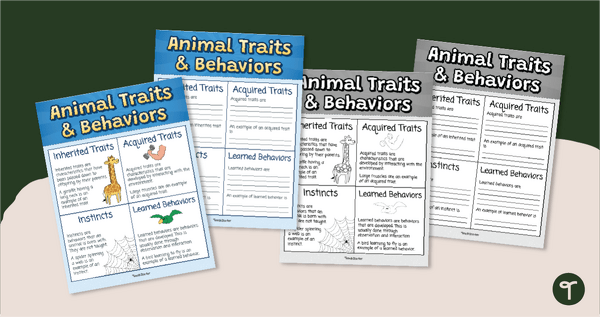
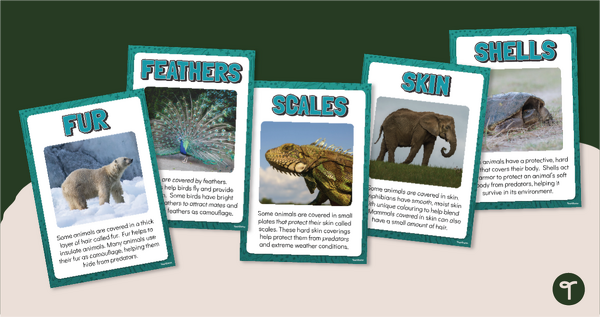
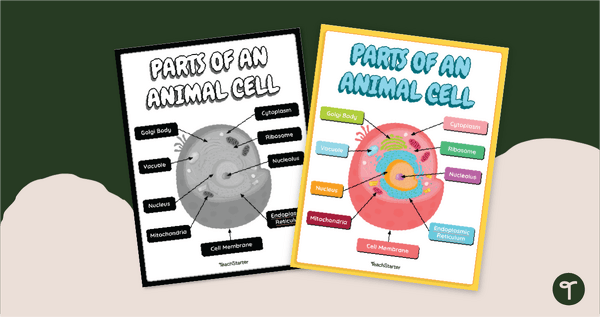
0 Comments
Write a review to help other teachers and parents like yourself. If you'd like to request a change to this resource, or report an error, select the corresponding tab above.